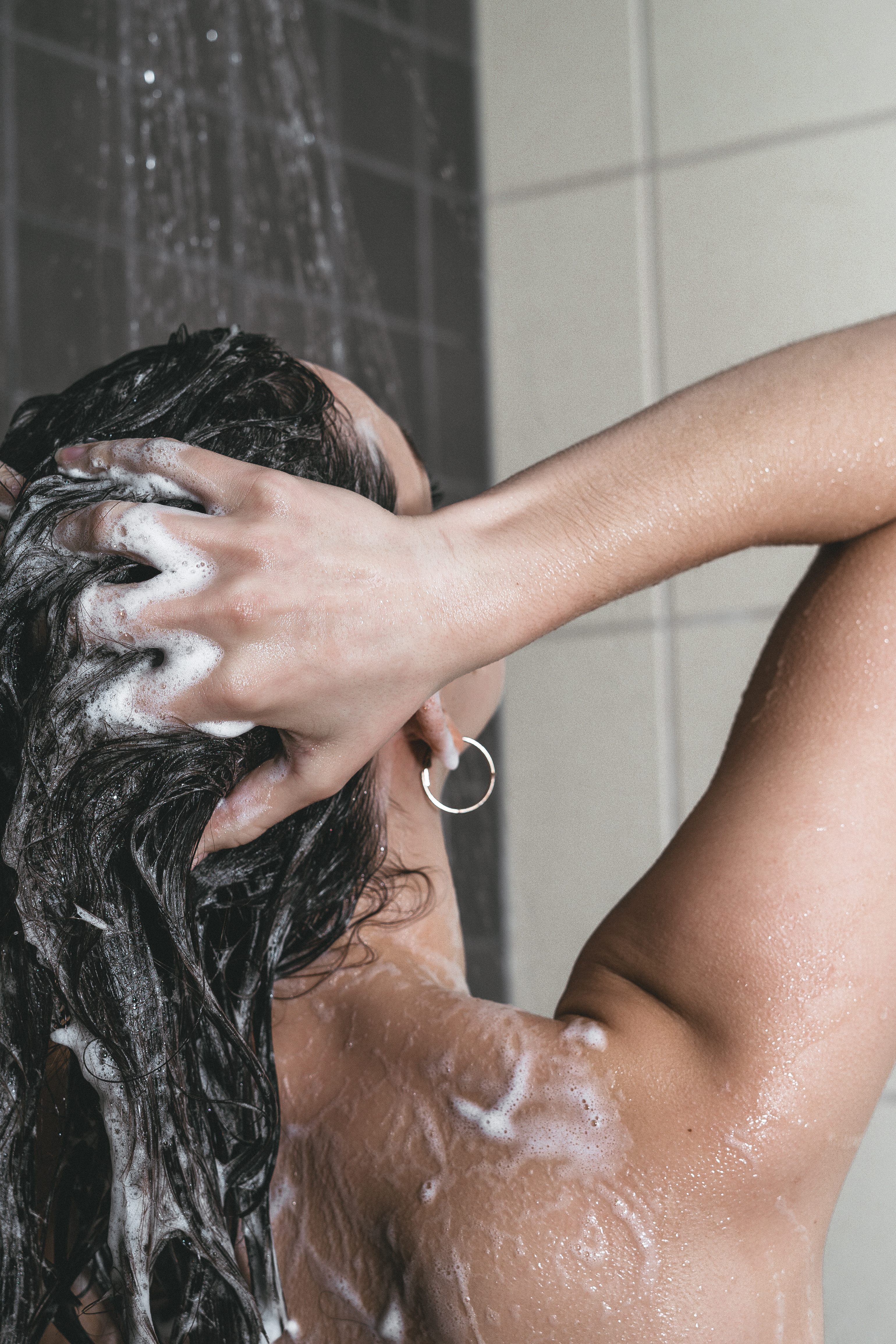How To Cement Better Habits
Something that will help all of us to live better lives is the ability to foster and cement good habits on a regular basis, especially when we are replacing bad ones. It might be better to think of them more as useful habits and less useful habits in that regard. If you are wondering how you can effectively cement some better habits into your daily life, then there are many things to consider. Let’s take a look at some ideas of how you might be able to do this more effectively. You’ll find the following is all really useful.
Read: 7 HABITS THAT DESTROY YOUR EYES
Take Stock
One of the first things you need to do is to take stock of your life as it currently stands, in particular your habits and what they tend to be. It’s hugely important here that you are being as honest with yourself as possible, as otherwise, you are going to struggle to actually make the necessary changes. As part of this, you might find that there are some un-useful habits that you would rather do away with, or you might sense a distinct lack of a particularly useful habit that you think you should develop. You will now need to follow your nose with regard to those.
Identify Some Goals
Next up, you can start to think about some of the things that you would like to be different in your life, so you can start working towards them. In short, you should try to identify some goals so that you can decide on which habits you might want to begin developing and building from. It might be as simple as wanting healthier teeth and gums, or as huge as wanting to lose a lot of weight, or anything in between. Just make sure you are clear on them.
Read: 4 HEALTHY LIFESTYLE HABITS YOU SHOULD CONSIDER
Break New Habits Down Into Components
Once you know what you are aiming for, you can start to think about the habits that these will require – and in order to make that more manageable, you might want to break down those identified habits into smaller components that are easier to put into place. In the case of having healthier teeth, as we mentioned above, that might include: visiting your local dentist, setting an alarm to floss, and so on. This is going to feel much more doable than trying to do big changes all at once.
Get support for the bad habits
Bad habits can form easily and it’s something you want to identify before working on removing them from your life. For example, smoking is for many, a bad habit that has developed over time and often from a young age. That’s why smoking cessation programs are a great way to tackle the bad habit with professional support.
Getting support for bad habits is going to help remove them so that you can make way for better habits instead.
Turn Habits Into Routines
Next up you are going to want to turn those habits into genuinely unbreakable routines. This is when their effectiveness starts to become really clear, and it’s the kind of thing that can really radically transform your life. One way to achieve this is to use a process known as gamification, where you trick the mind into the new habit by treating it as a game. This can be very effective, and it’s something you might want to check out if you are really keen on making big changes in your own daily life and seeing those results very soon.
​Tia and TipsfromTia.com are trying to keep you looking good and
feeling good from the inside out. If you’ve got a problem or a tip, email me! Be sure to Like and share on Facebook or Follow on Twitter, TikTok, or Instagram.

